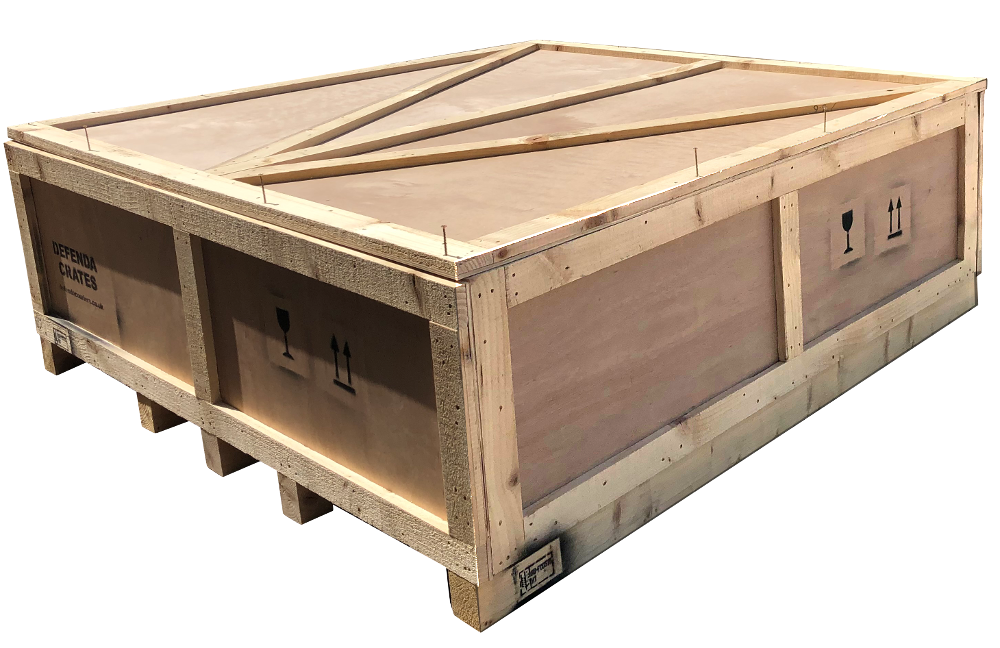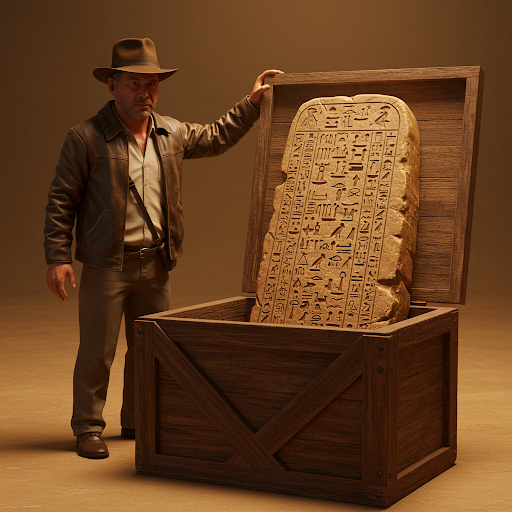Ancient Artefacts Make Global Journeys in Specially Treated Crates
The world of archaeology is a global one, with museums frequently collaborating on exhibitions and research projects, necessitating the international transport of delicate and priceless artefacts. Ensuring these treasures arrive at their destinations undamaged is paramount, and the humble wooden crate plays a crucial role in this process. But these aren’t just any old crates; they are built to stringent international standards, complying with ISPM 15 regulations.

ISPM 15, or the International Standards for Phytosanitary Measures No. 15, is a set of guidelines developed by the International Plant Protection Convention (IPPC) to prevent the spread of plant pests and diseases across international borders.
The IPPC, established in 1952, is an international treaty administered by the Food and Agriculture Organisation of the United Nations (FAO). Its primary aim is to coordinate efforts to safeguard global agriculture from the introduction and spread of harmful organisms.
While the focus is on protecting plants, ISPM 15 also applies to wood packaging used in international trade, including the crates, pallets, and dunnage used to transport everything from manufactured goods to, crucially, archaeological artefacts. Untreated wood can harbour insects and diseases that could devastate local ecosystems if introduced to new environments. Therefore, all wood packaging must be treated to eliminate these risks.
Timber Crates and Wooden Cases For Museums
For archaeological items, this means that the wooden crates or cases used to transport them must undergo specific treatments. These treatments typically involve heat treatment, where the wood is heated to a core temperature for a specified period, or fumigation with methyl bromide. Both methods are effective in killing any potential pests lurking within the wood. Following treatment, the wood is stamped with a specific mark, the IPPC logo, which certifies that it has been treated and meets the ISPM 15 standard. This stamp acts as a passport for the crate, allowing it to cross international borders without being held up in quarantine.
The construction of the crates themselves is also critical. They are custom-built by us to accommodate the specific dimensions and fragility of the artefact being transported. Museums employ specialist packers and shippers who are experienced in handling delicate items. The crates are often lined with protective materials, such as acid-free tissue paper, foam padding, or custom-made supports, to cushion the artefact during transit. Climate control is another essential consideration, particularly for sensitive materials like organic remains or painted surfaces. Some crates are equipped with sensors to monitor temperature and humidity levels during the journey.

Although we can’t claim to have supplied wooden crates or cases to Hollywood archaeologists, Defenda Crates has certainly manufactured plenty of heat treated ISPM 15 crates and wooden cases for London museums and many others around the United Kingdom and Europe. So if you need custom wooden crates or cases simply find out more about our timber shipping crates and wooden cases for exporting ancient artefacts by contacting us.
The ISPM 15 regulations add an extra layer of complexity and cost to international archaeological collaborations. However, they are a necessary measure to protect both the artefacts and the environment. The meticulous attention to detail, from the treatment of the wood to the careful packing of the artefact, ensures that these precious pieces of history can travel the globe safely, allowing researchers and the public to experience them for generations to come. The next time you visit a museum exhibition featuring artefacts from distant lands, remember the crucial role played by the ISPM 15 compliant wooden crate in making that journey possible.
Other packaging, including: cardboard boxes, cardboard tubes for storage or shipping and moisture resistant wax Kraft paper visit www.defendapack.com
